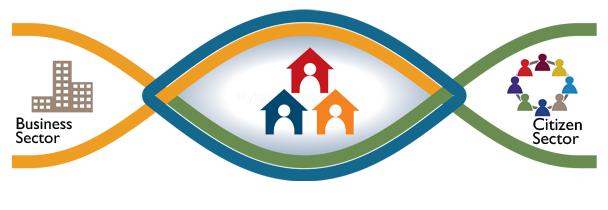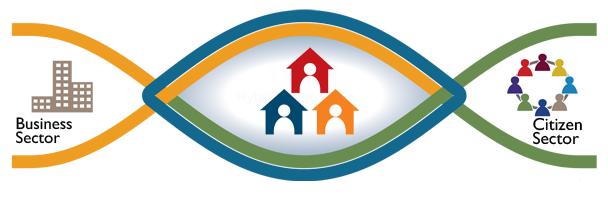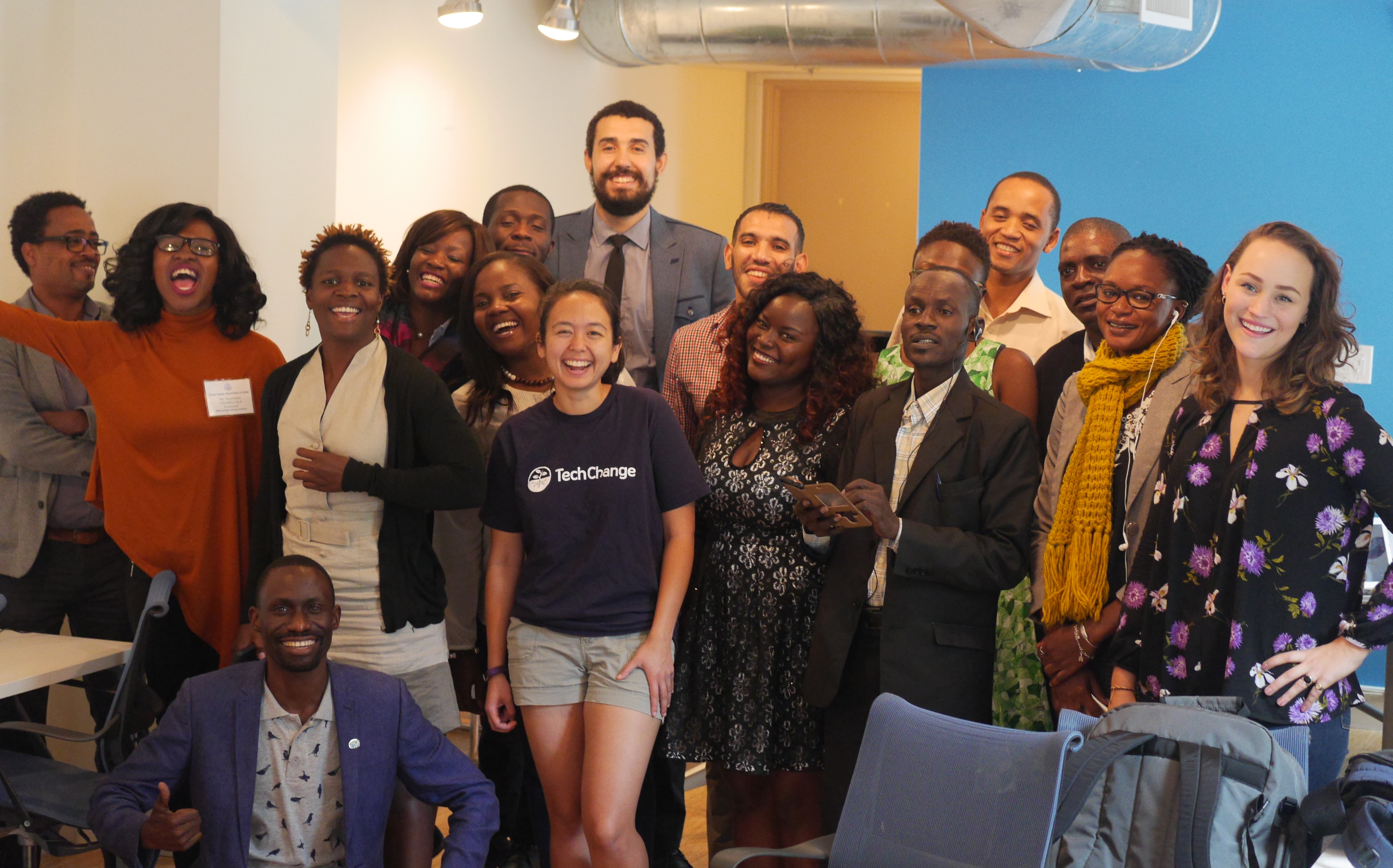Last Wednesday, Ashoka delivered a terrific panel conversation at the World Bank called, Public Goods through Social Enterprises: Creating Hybrid Value Chains. Bill Drayton and Valeria Budinich spearheaded the discussion with their thoughts on the growing impact of hybrid value chains, full economic citizenship, and the inevitability of a changemaker world. I had three take-aways that I will consider under the current framework of technology.
First, Bill Drayton gave a statistic that blew me away and I had to Google it to make sure I heard it right: “Over half of the Ashoka fellows have changed national policy within five years.” There are over two thousand fellows worldwide, so you can imagine how many countries have gone through some sort of systemic change thanks to the influence of these individuals. But according to Mr. Drayton, the social entrepreneur is only successful when he has caused a movement within his community. Ashoka measures impact with specific large-scale variables. First they look at the original vision of the social entrepreneur, second, how well they scale the model and inspire others to replicate it, third, how their influence has caused a policy change, and fourth, how their model has promoted leadership building. This simple, yet impressive set of indicators demonstrates that Ashoka’s mission is to create entirely new systems and markets, rather than trying to fix broken models.
Second, patterns and systems are only valid if they are in the best interest of the citizen sector. Mr. Drayton explained that if a production and distribution system fails, then it fails for a reason and needs to be redesigned. This reminds me of a great TED talk by Seth Godin, where he makes the point that we shouldn’t allow broken ideas to perpetuate. I tweeted a question to the panel that ended up getting a laugh because it reflected the crux of the funding challenge for social entrepreneurs. I asked,
Mr. Drayton replied that the foundation model is a failure, it is inherently self-interested and in most cases will not allow social entrepreneurs the freedom necessary to follow the changemaker model. “It is only a eighty to ninety year-old system,” he quipped, “it isn’t too old to change.”
My third take-away was the need to create teams for social and economic change, which is the essence of the Hybrid Value Chain model. In the article, “A New Alliance For Global Change,” that was published in Harvard Business Review, Drayton and Budinich define the HVC as the joining of for-profit business with the citizen sector to “make global economies and create lasting social change. Businesses offer scale, expertise in operations, and financing. Social entrepreneurs offer low costs, strong social networks, and a deeper understanding of customers and communities.” This partnership of the private and citizen sectors is able to yield financial and social returns but also do so in such an effective way that the entire system of business is changed. Teams of social entrepreneurs from different backgrounds are necessary to create these hybrid partnerships and are increasingly doing so around the world. Bill Drayton poignantly asked, “How many people know that we are turning into a changemaker world?”
All these issues are important to take into account when applying a tech lens of innovation. Technologists are creating systems that change people’s lives through new mobile phone tools, social media and networking, mapping technology, and environmental advocacy to name a few. Due to the exponential speed that new technology is produced, there are many opportunities to innovate broken systems. Social entrepreneurs need tech tools to be able to leverage a community and create a movement. I believe that much of the tech world realizes that it is part of a changemaker world—one that is democratic, participatory and allows individuals to achieve full economic citizenship.
Technological innovation has largely been developed for commercialization and fitting the needs of business, entertainment, and government. Now with the onset of HVC into the tech sector there are companies that have sprouted over the last few years that have combined the business and citizen sector to produce something mutually beneficial. We teach about many of them in our courses like FrontlineSMS, Ushahidi, Medic Mobile, and FreedomFone. Microfinance failed to be able to give access to entrepreneurs in the most rural areas and MPesa was able to solve it. What do you think the future of HVC will be in the tech sector? Are technologists going to be more socially minded as they see the growing impact that they can make? Is the citizen sector going to become more tech savvy so that they can create the programs and products that they need? Do you think we’ll get to a point where all business will have to have a changemaking social impact to be successful in the future? Please comment your thoughts!
Mark Your Calendar! AshokaU and TechChange will be holding a twitter chat on: How will technological innovation and social entrepreneurship transform higher education? on June 17th from 1-2pm. Stay tuned for more details.





